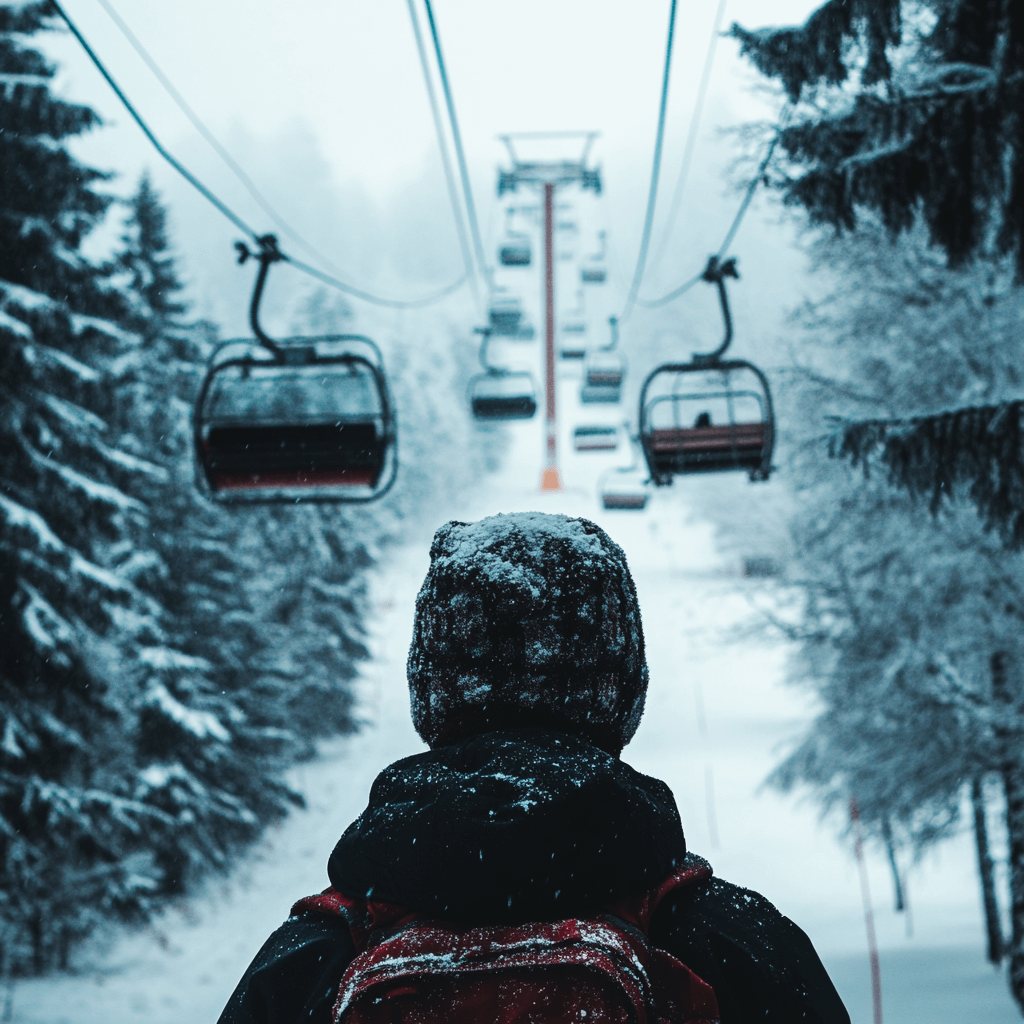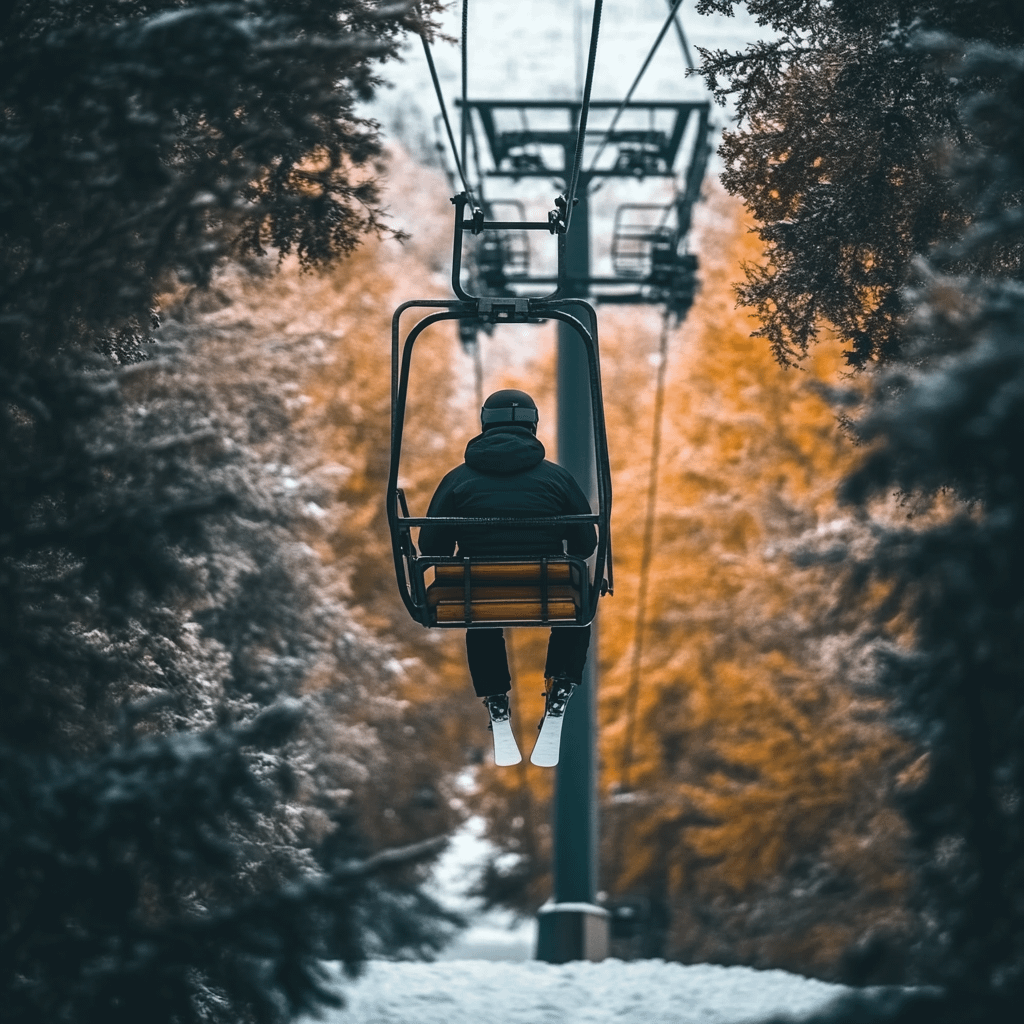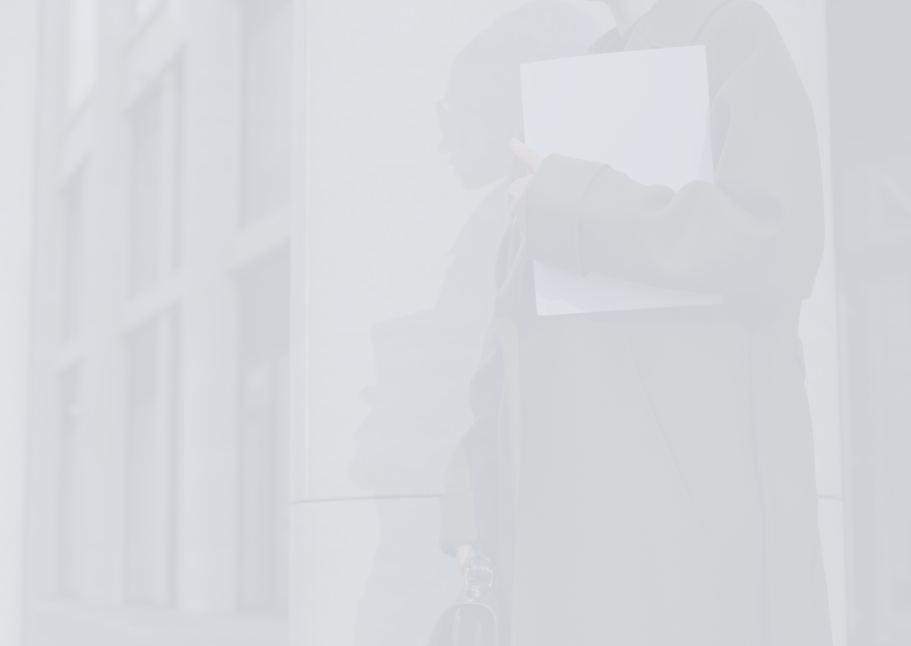
 Trusted Content
Trusted Content
Key Takeaways
- Ski lift accidents can happen due to operator errors, mechanical failures, or severe weather conditions.
- If you’re injured in a ski lift accident, seek medical attention immediately, document the scene, and gather witness information to support a potential claim.
- A skilled ski accident lawyer can help you navigate legal challenges and fight for the compensation you deserve.
A day out skiing in the stunning, snow-covered mountainsides can quickly take a dangerous turn if there’s a ski lift malfunction. That’s exactly what happened in Lake Tahoe last December, when five people were injured after one of the lifts slid backward and crashed into the lift behind it, causing victims to fall 30 feet.
The Lake Tahoe ski accident illustrates an important point: although skiing is generally safe, things that are out of your control can always lead to an injury. So, how do these accidents happen, and what are your options if you’re involved in one?
How Does a Ski Lift Work?
To understand how ski lift accidents happen, it’s important to first get an idea of how these lifts operate. One of the most common types of ski lifts is the chairlift, which is made up of a looped cable with a large pulley at each end. The chairs hang from the cable and stay in place with the use of a mechanical grip.
This grip is similar to a vise, and it prevents the chair from slipping back. To keep the cable from dropping, there are a series of towers along its length.
These days, most ski lifts rely on electric motors, but diesel generators are usually ready to take over if power fails. Besides chairlifts, other types of ski lifts include:
- Funiculars and cable cars
- Gondolas
- Drag lifts
- Button lifts
- T-bars
- Rope tows
Most of these ski lifts have safety features, such as metal bars that hold you in place while the lift moves and emergency stops that can occur automatically or be triggered manually by an operator. Some lifts even have a variety of sensors that allow operators to check rope tension and other variables, further reducing the risk of accidents. Despite these preventative measures, accidents are always a possibility, especially when negligence is involved.
What Are the Causes of Ski Lift Accidents?
Ski lift accidents can happen for a number of reasons, ranging from human to mechanical error:
- Operator Error: Accidents may occur during the loading and unloading process if operators do not properly assist passengers, fail to react promptly to issues, or do not offer enough instructions or warnings.
- Mechanical Problems: In some cases, the problem comes down to the lift itself. There may be design flaws that impact how the lift works or a failing part may not have been serviced by maintenance staff.
- Passenger Errors: Passengers can also cause accidents if they do not follow safety protocols while riding the lift, for instance by rocking the lift or shifting too much weight to one side.
- Inclement Weather: Severe weather issues, especially high winds, can make the operation of the ski lifts much more dangerous. While these events are sometimes difficult to foresee, resorts are generally responsible for monitoring the local weather and preemptively closing lifts.

Who Can Be Held Liable in a Ski Lift Accident?
If a ski lift accident occurs, it’s essential to understand what caused the problem in order to establish liability. In instances when there were mechanical issues, a ski accident attorney will typically look at whether the operator made an error, such as not monitoring for malfunctions or failing to maintain the lift.
If the operator did everything as required, the liable party could be the company that made the lift. If there were design or manufacturing flaws that made the equipment dangerous, product liability laws would come into play. The manufacturer could be strictly liable for all of the losses the victims suffered.
The ski company or resort that owns the lifts could be liable in some instances, too. For example, the company could hold some fault if it hired an operator without experience or the appropriate training and that person caused an accident. In cases when weather or terrain issues cause an accident and the resort should have known about the risk, it could also be considered negligent.
Finally, there are some cases in which third-party businesses can be held responsible, such as if these businesses were in charge of performing basic maintenance on the lift and failed in those duties.
What to Do After a Ski Lift Accident
The first thing you should do after a ski lift accident is seek immediate medical attention. Depending on where the accident occurred, you may need to contact the resort’s ski patrol and inform them of your location. Ski patrollers can often provide immediate treatment, however, you should still see a medical professional afterward for a complete evaluation.
If possible, document the accident scene by taking photos or videos. These should capture relevant details, which may include what the terrain looks like, any weather issues like low visibility, where the ski lift is, and whether it suffered any damage. If you have visible injuries, take pictures of them, too.
Before leaving the scene, you should also attempt to gather contact information from any witnesses, as their testimony can be valuable should you choose to file a ski accident claim.
Finally, be sure to get in touch with a ski accident lawyer who is local to your area. Ski lift accidents are not necessarily straightforward cases. A lawyer can guide you through your next steps.
Do You Need a Lawyer After a Ski Lift Accident?
Filing a ski accident lawsuit poses a number of challenges. The first to keep in mind is the liability waiver you may have signed before using the lift. The resort’s insurance company may try to use that to prevent you from filing a claim. With a lawyer, you can get a better sense of your rights so that you’re not pushed by insurers to drop your claim.
Hiring a lawyer also means being able to focus on healing and not on the legalities of a claim. Ski lift accidents can result in catastrophic injuries, so having a legal professional doing the work for you takes some of the pressure off your shoulders.
Experienced attorneys can also help you recover fair compensation in the form of economic and non-economic damages. These damages can compensate you for medical expenses, including future care you’ll need, as well as for lost wages, loss of earning potential, and pain and suffering.
Get the Help You Deserve With Porter Simon Sierra Injury Lawyers
If you’ve suffered injuries in a ski lift accident, you need dedicated and aggressive legal counsel on your side. At Porter Simon Sierra Injury Lawyers, our seasoned team has protected the rights and futures of injured clients in California and Nevada for more than 50 years. We work tirelessly to help clients achieve the results they deserve.
Don’t go through this process alone when you can have compassionate and experienced ski accident attorneys in your corner. Contact us to schedule a free consultation today.






